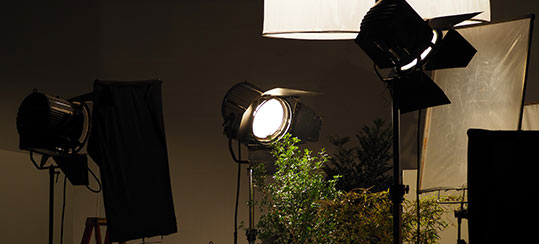Setting Up a Home Studio: Soundproofing, Acoustic Foam

Creating a professional-sounding home studio involves more than simply purchasing the right microphone or mixing console. Soundproofing, acoustic treatment, and thoughtful equipment placement are all crucial elements for producing high-quality audio. Below, we’ll explore each of these components in detail.
1. Soundproofing: Keeping Noise Out (and In)
Identifying Noise Sources
Before you begin any soundproofing, it’s important to identify where unwanted noise is coming from. Common culprits include windows, doors, thin walls, and even HVAC systems. Addressing these problem areas first will help minimize external sounds that bleed into your recordings.Choosing Soundproofing Materials
- Mass-Loaded Vinyl (MLV): Ideal for adding density to walls, floors, or ceilings, MLV can significantly reduce noise transmission.
- Weatherstripping and Door Seals: A cost-effective way to seal air gaps around doors and windows that can let in outside sound.
- Drywall and Insulation: Adding extra layers of drywall or specialized insulation can further block out unwanted noise.
Creating a Quiet Environment
Keep in mind that true “soundproofing” often requires a combination of materials and methods. While it might not be realistic to eliminate all noise on a small budget, strategically applying these solutions will reduce interruptions and create a more controlled recording environment.
2. Acoustic Foam and Other Treatment Options
Understanding Acoustic Treatment vs. Soundproofing
Acoustic treatment differs from soundproofing. While soundproofing focuses on blocking external noise, acoustic treatment aims to improve the quality of sound inside the room by managing reflections, echoes, and frequency balance.Using Acoustic Foam
- Placement: Acoustic foam panels are typically placed at reflection points—walls and corners where sound waves tend to bounce back and cause echoes.
- Bass Traps: Placing foam or bass traps in corners helps absorb lower frequencies, which are notoriously difficult to control.
- Coverage: You don’t need to cover every square inch of the room. Strategically positioning foam panels at ear level and around your primary recording area can significantly improve clarity.
Additional Treatment Options
- Diffusers: Instead of absorbing sound, diffusers scatter it, helping maintain a natural feel in the room.
- Carpets and Curtains: Rugs or thick curtains can reduce reflections and make a notable difference on a tight budget.
3. Editing Software and Post-Production
Free Editing Software
Tools like iMovie (for Mac) or DaVinci Resolve (cross-platform) provide robust editing capabilities at no cost. They include basic features such as cutting, color correction, and text overlays, making them ideal for beginners.Professional Suites
For more advanced editing, Adobe Premiere Pro or Final Cut Pro offer extensive color grading tools, special effects, and audio enhancement features. These programs come with a steeper learning curve and a monthly or one-time fee but are well worth it for professional-level projects.Audio Enhancement
Even though you’re creating video content, sound quality still matters. Make use of audio plugins or integrated editing features to remove background noise, adjust levels, and ensure clear, consistent sound throughout your podcast.
3. Equipment Placement for Optimal Performance
Microphone Positioning
- Distance from Walls: Position the microphone away from walls and corners to reduce bass buildup.
- Height and Angle: Experiment with different microphone heights and angles to capture the richest, most balanced sound.
Monitors and Desk Setup
- Speaker Placement: Studio monitors should be at ear level and form an equilateral triangle with your listening position. This ensures a more accurate stereo image.
- Desk Arrangement: Minimize clutter and ensure that your primary tools—computer, audio interface, and mixing controls—are easily accessible and do not obstruct the sound path from your speakers.
Cable Management and Ergonomics
- Cable Routing: Use cable ties and channels to keep cords organized and away from high-traffic areas.
- Comfort and Efficiency: A comfortable chair and well-placed peripherals can make long recording or editing sessions much more productive.
Conclusion
A well-designed home studio requires thoughtful planning and attention to detail. By combining effective soundproofing measures, proper acoustic treatment, and careful placement of equipment, you’ll create a space capable of delivering professional-quality audio recordings. While it may take time and experimentation to find the perfect balance for your specific environment, the rewards—crisp, clean sound and a more enjoyable workflow—are well worth the effort.
